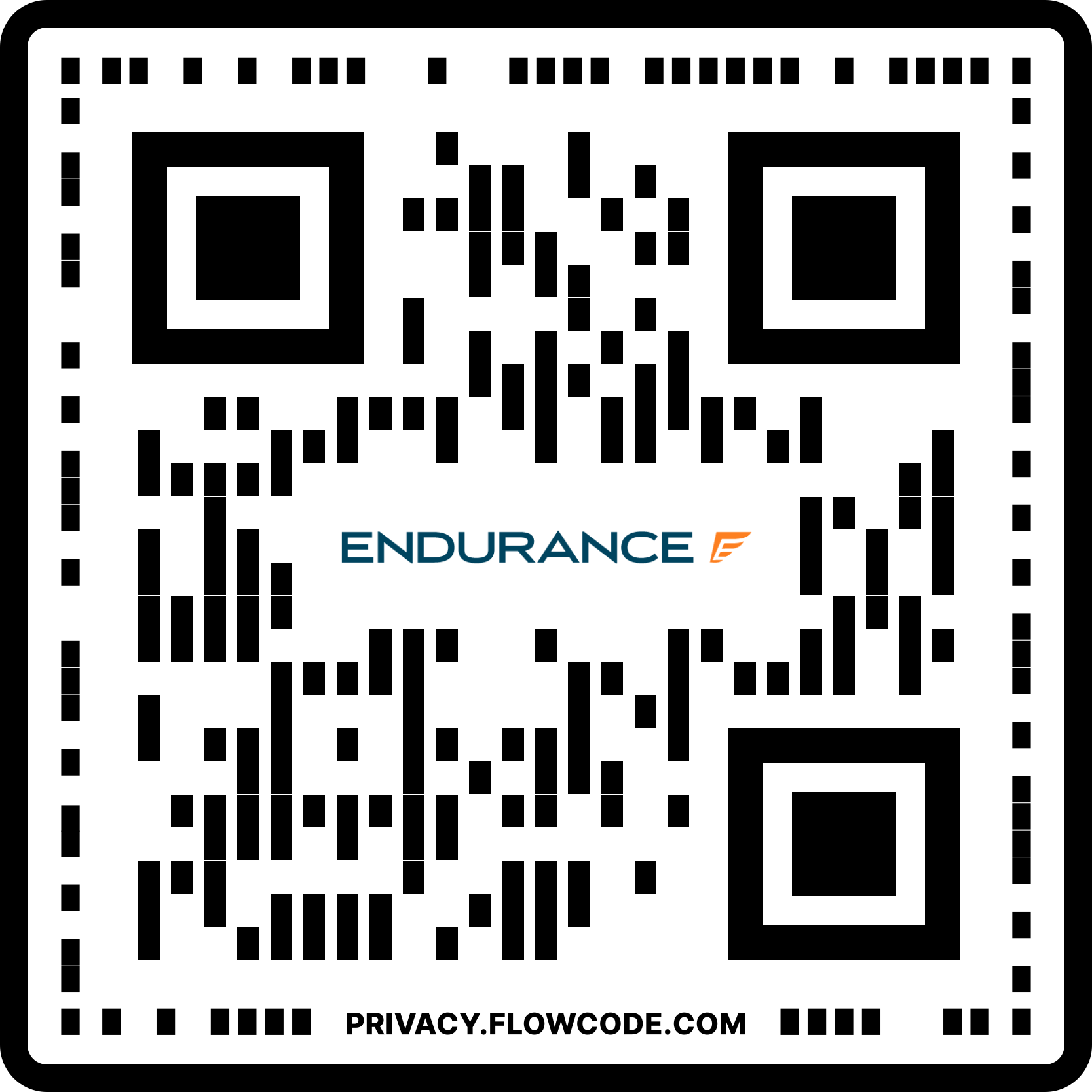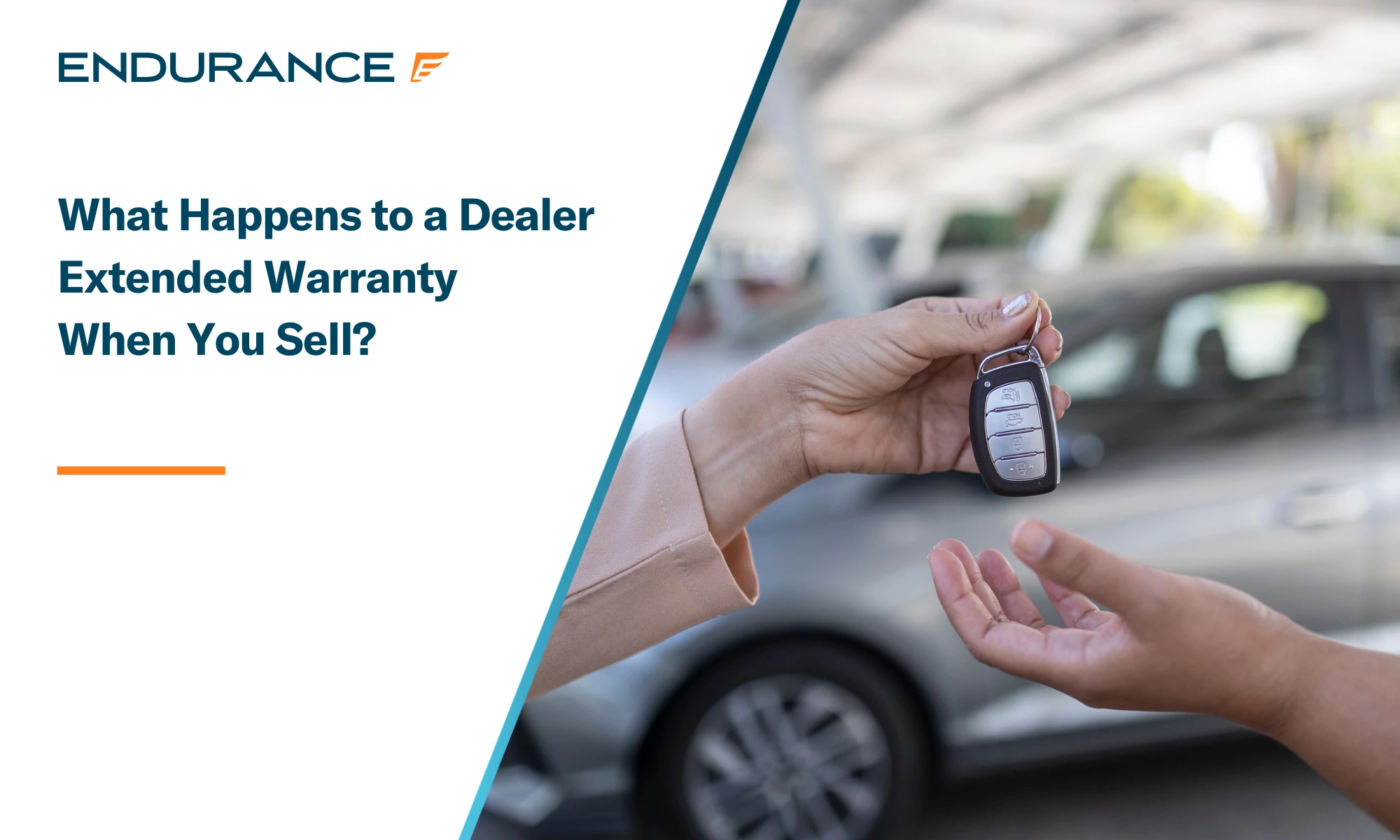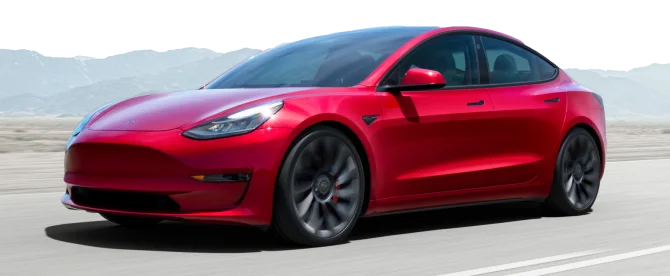Get this deal! Call now.
Speak with a vehicle protection plan specialist and get $300 off any new contract instantly.
Call 866-678-4172
or scan the code below


A dealer extended warranty doesn’t have to be a roadblock to selling a car with this type of protection. With many vehicle service contracts, you have options before moving on to a new ride. We’ll expand on the details below, but your choices include:
Which option is the best approach? It depends on timing, financial considerations, and how you’re selling the car (trade-in or private sale). A thorough review of the contract’s terms can help you decide. In the meantime, keep reading as we break down what you need to know. It’s also worth mentioning that an extended car warranty (also called an auto protection plan or vehicle service contract) differs from the manufacturer’s warranty that comes with every new car.
Here are the specifics on your options as a seller of a car with a dealer extended warranty:
Selling a car privately (not through a dealership) with an extended warranty can add value for prospective buyers. Most vehicle service contracts can be transferred to a subsequent owner for a modest fee, usually $50. The warranty company will require a transfer form to be submitted and possibly proof of the sale within a set period after the transaction (typically 30 days).
If you don’t want to include the warranty with a trade-in or private sale, you can cancel it and get a pro-rata refund based on unused time or miles. The more time and miles you have remaining on the plan, the higher the refund. The refund formula may include administrative fees and deductions for paid claims. The contract will spell out all the refund terms. Keep in mind that if the extended warranty was purchased through a loan, the refund will usually go to the lender to reduce the payoff amount.
You may find that the simplest way to trade in a car with an extended warranty is to let the car dealer handle things. In this case, the dealer will simply cancel the plan (you may have to sign a few forms) and apply the credit to the vehicle’s loan payoff amount, if applicable. The dealer is unlikely to offer the warranty to a prospective buyer; the company would rather sell a more profitable new extended warranty.
When it comes to transferring an extended warranty to a new owner, deadlines matter. The industry standard is a 30-day transfer window, but some plan providers may have different deadlines. Because of the extra paperwork involved, most warranty companies charge plan holders a modest administrative fee (usually around $50). It’s important to know that vehicle service contracts can only be transferred to another owner, not a different vehicle.
While documentation requirements may vary by warranty company, expect to provide the following information:
Before trading your car in or offering it for sale, take a few minutes to review the contract fine print. Confirm the transfer deadlines, fees, and necessary documents so there are no unpleasant surprises when the vehicle is out of your hands.
Any refund will go directly to you if you paid out of pocket for the extended warranty. However, if the plan was financed as part of a car loan, the refund will be sent to the lender to reduce the car’s payoff amount. Here’s a hypothetical example of how that works:
| Trade-in value from dealer | $8,000 |
| Loan payoff amount | $6,500 |
| Extended warranty refund | $1,100 |
| Net loan payoff amount | $5,400 ($6,500-$1,100) |
| Net equity to apply to new car | $2,600 ($8,000-$5,400) |
Importantly, with most plans, the sooner you apply for a refund, the higher the refund amount due to pro-rata calculations.
A decision about a private sale vs. a trade-in approach comes down to money or convenience. You’ll almost always get more for your car with a private sale because you’ve removed an intermediary (the dealer). However, you’ll have to make an extra effort by listing the vehicle for sale, working with potential buyers, and handling the paperwork. In contrast, a trade-in is usually effortless. Find a dealer willing to buy your car, accept their offer, and hand over the car (along with a few signatures). Someone else is doing the work, so you’ll get less money than if you sold privately. Adding an existing extended warranty to the mix doesn’t radically change either process, but there are ways to maximize this coverage to your advantage.
Buying a used vehicle can be filled with uncertainty. Prospective purchasers may wonder if the car received routine maintenance and is reliable. Marketing your vehicle with a phrase like “includes a transferable extended warranty” gives you an advantage. Not only will your car stand out from the competition, but you may be able to command a higher price. An extended warranty will put the buyer at ease and make your vehicle more appealing. At a minimum, a higher asking price should cover the refund value and any warranty transfer fee, but you may be able to sell for even more. Be sure to provide shoppers with coverage terms and explain the transfer process.
As mentioned, a dealer accepting your car for a trade-in will want to sell the new owner a separate extended warranty. So, the best way to maximize value is to cancel coverage and get a refund. Don’t trade in a vehicle protected by an extended warranty without taking this step. Otherwise, you’re leaving money on the table. The balance may go to paying off the loan, but that still helps your bottom line.
Before signing the paperwork for your new ride, determine how it’s covered against mechanical breakdowns. The manufacturer’s bumper-to-bumper warranty may provide protection if the vehicle is new or nearly new. However, those safeguards only last a few years (less if you buy a newer second-hand vehicle). If the original auto warranty is about to expire or has already expired, you’ll need to decide if you want to risk being responsible for any service work. An older used car can be even more vulnerable.
With the average car repair costing $838, according to Kelley Blue Book (KBB), millions of car owners opt for vehicle service contracts. These extended warranties can be invaluable when a major repair costing thousands can arise. If you want to be protected against surprise repair bills, research auto protection plans from reputable companies.
Most providers offer different coverage levels and deductible amounts that help balance protection and cost. In general, the sooner you buy coverage, the lower the price, versus waiting later. You can wrap coverage with any remaining new car coverage to avoid any gaps in protection.
Transitioning warranty coverage doesn’t have to be overwhelming. Planning and a few well-timed steps can make the process effortless.
Whether your car’s factory warranty is about to expire or you’re driving a vehicle without protection from expensive repair bills, Endurance Warranty has a solution. With affordable coverage options, there’s an auto protection plan for most budgets and vehicles. Every Endurance plan includes 24/7 roadside assistance with towing, trip interruption protection, rental car reimbursement, and the freedom to choose any licensed facility for covered repairs.
Discover more by requesting a FREE quote or visiting the Endurance online store to see your price and plan recommendations. Personalized assistance is available by calling (800) 253-8203.
Read the Endurance blog for DIY maintenance advice, warranty tips, vehicle reviews, and more.

We've received your vehicle information and will contact you shortly with your quote.
— OR —
Start shopping for a coverage plan now.

We're here to make sure you get the most comprehensive EV protection. That's why we've partnered with Xcelerate Auto to offer you transparent and dependable Tesla coverage.
Want us to contact you about XCare coverage for your Tesla?



Your protection is our top priority. Your quote is in progress and you will
receive a confirmation
email shortly.


Speak with a vehicle protection plan specialist and get $300 off any new contract instantly.

Call for $300 off any new plan!
By clicking the button, you consent to Endurance using automated technology to call, email, and text you using the contact info above, including your wireless number, if provided, regarding auto protection or, in California, mechanical breakdown insurance. You also agree to the Endurance Privacy Policy and Terms and Conditions. Consent is not a condition of purchase, and you can withdraw consent at any time. Message and data rates may apply.


Speak with a vehicle protection plan specialist and get $300 off any new contract instantly.
Call 866-678-4172
or scan the code below



Simply fill out the information below and we will follow up fast with your free no-obligation quote.
By clicking the button, you consent to Endurance using automated technology to call, email, and text you using the contact info above, including your wireless number, if provided, regarding auto protection or, in California, mechanical breakdown insurance. You also agree to the Endurance Privacy Policy and Terms and Conditions. Consent is not a condition of purchase, and you can withdraw consent at any time. Message and data rates may apply.

To speak to a vehicle protection plan specialist and get $300 off any new contract instantly
Scan the code below
Dave is an automotive journalist combining a deep passion for cars, hands-on mechanical experience, and dealership insight. His writing primarily focuses on consumer auto advice and enthusiast pieces. A regular contributor to SlashGear.com and other leading automotive platforms, Dave earned his BA in Journalism from The George Washington University.